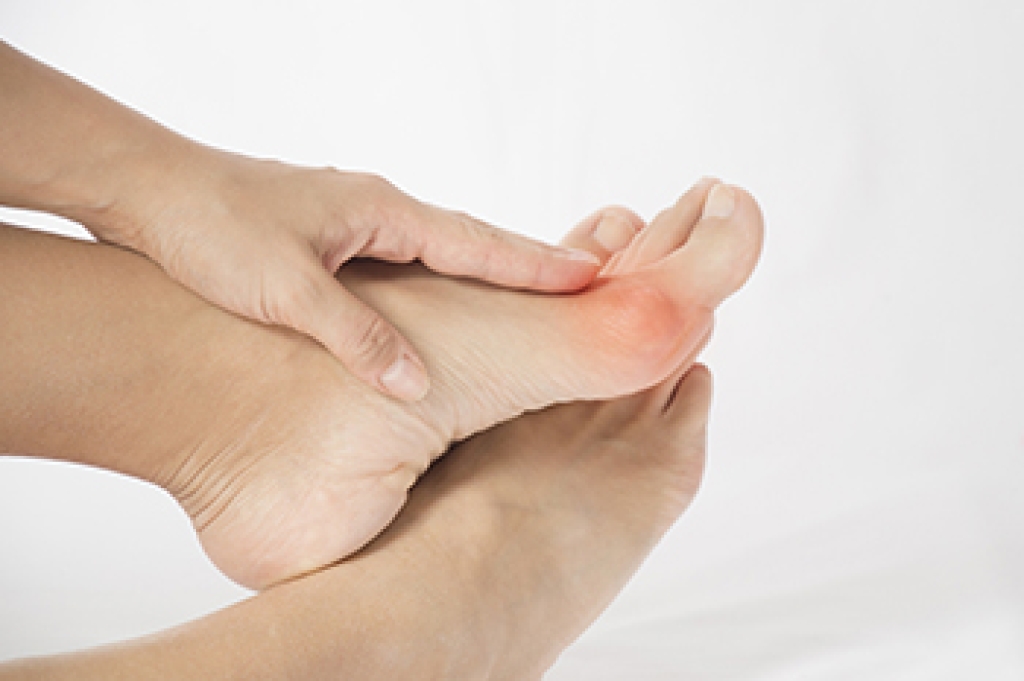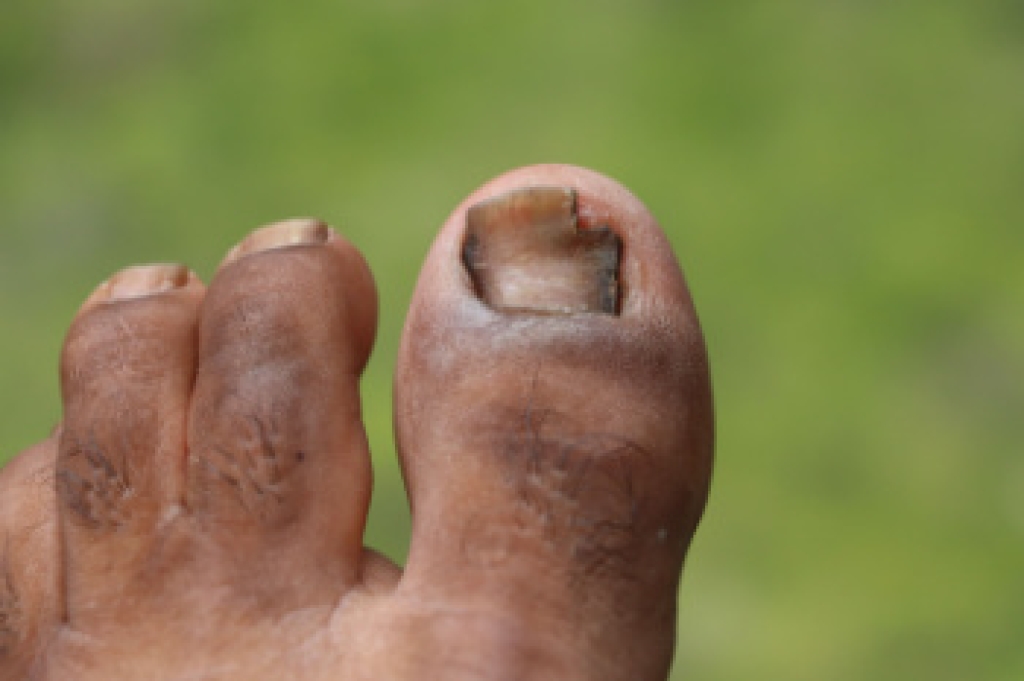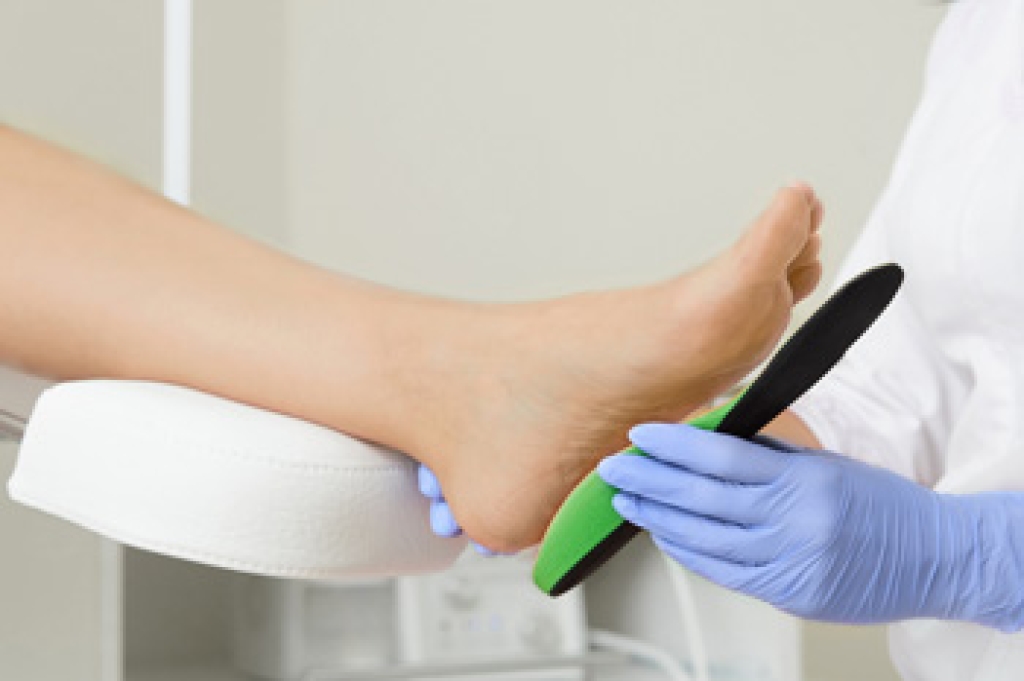
Bunions are a common foot deformity that develop when the tip of the big toe shifts toward the second toe, causing a bony bump to form on the side of the foot. This misalignment can be caused by inherited foot structure, wearing tight or narrow shoes, arthritis, or repeated stress on the joint. Symptoms often include pain, swelling, redness, and difficulty wearing shoes. The area may feel sore to the touch and can become more painful with walking or standing for long periods. Over time, bunions may worsen and affect mobility. A podiatrist can diagnose a bunion through a physical examination and X-rays to assess the severity. Treatment options include footwear changes, custom orthotics, padding, and anti-inflammatory medications. In more severe cases, surgical correction may be necessary to realign the joint. Early intervention can relieve discomfort and prevent progression. To explore effective solutions for bunion pain and deformity, it is suggested that you make an appointment with a podiatrist.
If you are suffering from bunion pain, contact one of our podiatrists of Graff Foot, Ankle and Wound Care. Our doctors can provide the care you need to keep you pain-free and on your feet.
What Is a Bunion?
Bunions are painful bony bumps that usually develop on the inside of the foot at the joint of the big toe. As the deformity increases over time, it may become painful to walk and wear shoes. Women are more likely to exacerbate existing bunions since they often wear tight, narrow shoes that shift their toes together. Bunion pain can be relieved by wearing wider shoes with enough room for the toes.
Causes
- Genetics – some people inherit feet that are more prone to bunion development
- Inflammatory Conditions - rheumatoid arthritis and polio may cause bunion development
Symptoms
- Redness and inflammation
- Pain and tenderness
- Callus or corns on the bump
- Restricted motion in the big toe
In order to diagnose your bunion, your podiatrist may ask about your medical history, symptoms, and general health. Your doctor might also order an x-ray to take a closer look at your feet. Nonsurgical treatment options include orthotics, padding, icing, changes in footwear, and medication. If nonsurgical treatments don’t alleviate your bunion pain, surgery may be necessary.
If you have any questions, please feel free to contact our offices located in Plano, Dallas, Prosper, Allen, Garland, Frisco, and Coppell, TX . We offer the newest diagnostic and treatment technologies for all your foot care needs.




